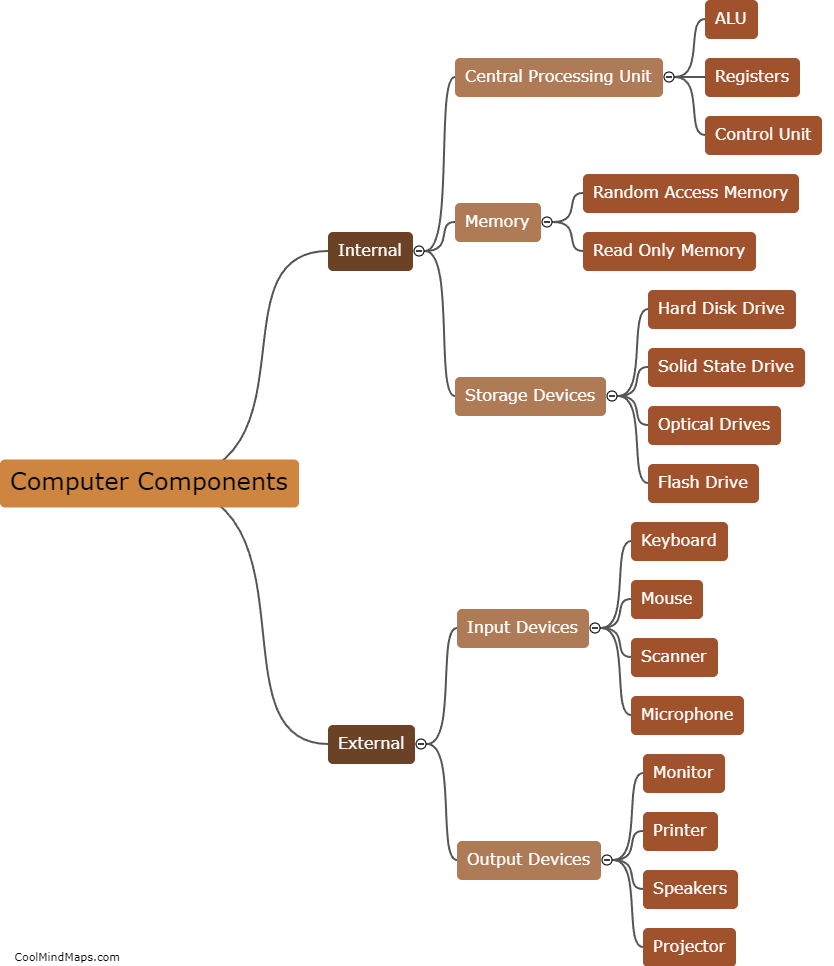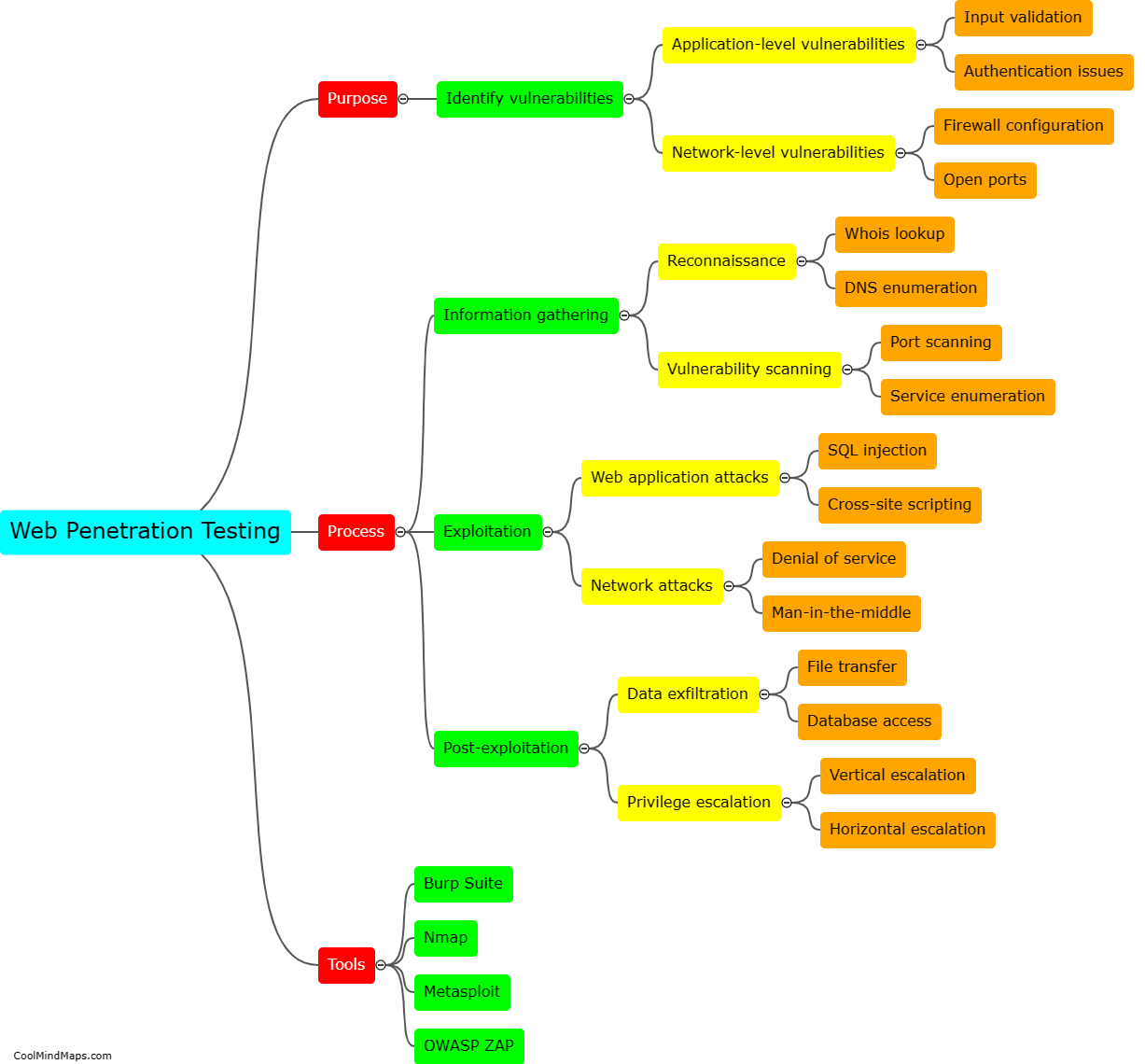What are the principles of designing a pedagogical sequence?
When designing a pedagogical sequence, there are several principles to consider. Firstly, coherence is crucial. The sequence should have a logical flow, with each activity building upon the previous one, ensuring that students can connect and integrate their learning. Secondly, engagement is key. The sequence should incorporate varied and meaningful tasks that stimulate students' interest and motivation, keeping them actively involved in the learning process. Thirdly, differentiation is important to address students' diverse needs and abilities. The sequence should provide opportunities for both challenge and support, allowing for individual progress. Lastly, assessment should be integrated throughout the sequence to monitor student learning and guide instructional decisions. Regular formative assessments enable teachers to adapt and modify the sequence as necessary, ensuring effective learning outcomes. Overall, designing a pedagogical sequence requires careful attention to coherence, engagement, differentiation, and assessment.

This mind map was published on 11 January 2024 and has been viewed 113 times.











